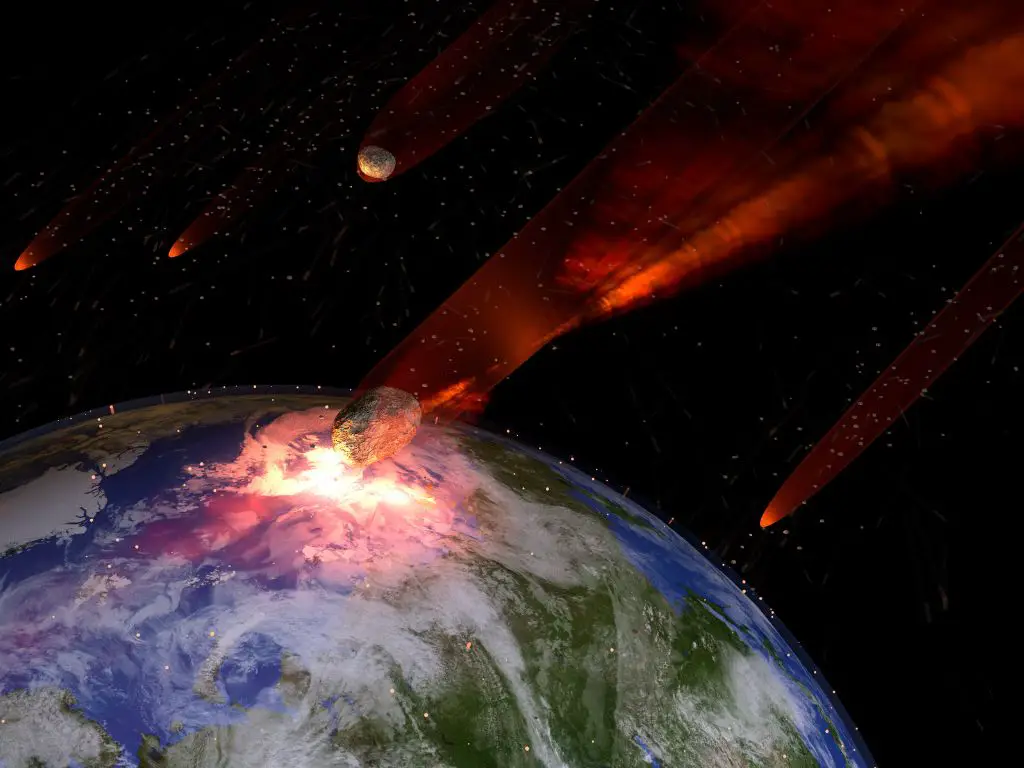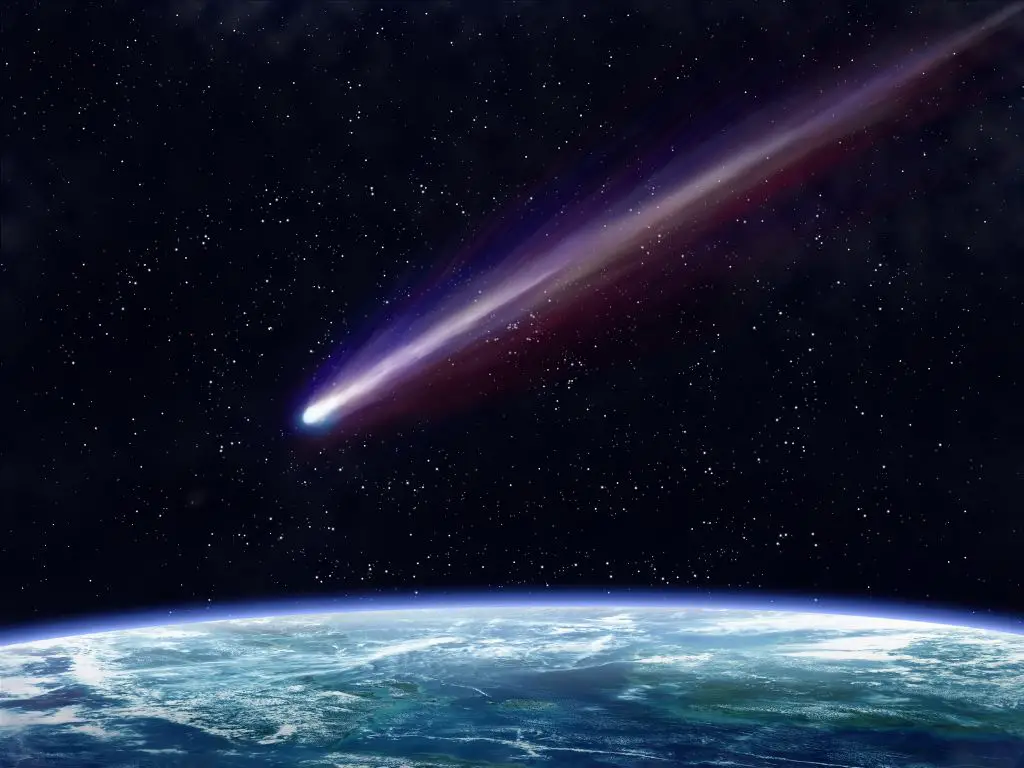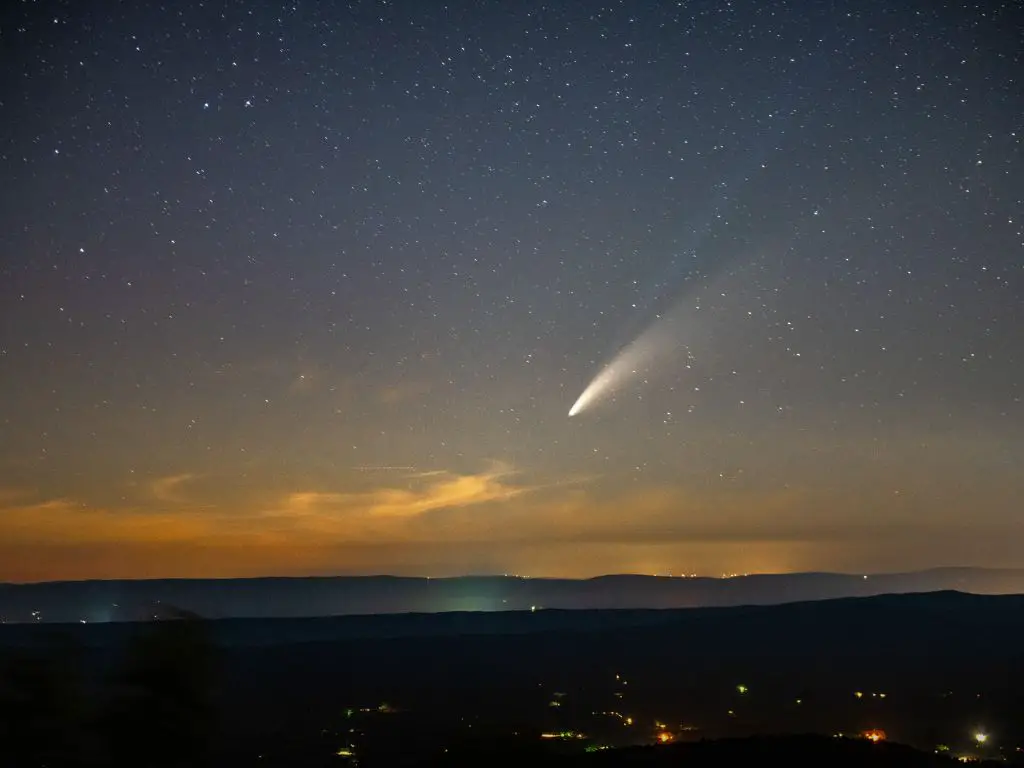A new study has revealed that Earth may be at a higher risk of being hit by a large asteroid or comet than previously thought. The researchers used satellite imagery to identify four impact craters that are less than a million years old and have rings around them, suggesting they were caused by very powerful collisions.
Scientists warn of possible asteroid or comet impact on Earth
The study, presented by James Garvin, chief scientist of NASA’s Goddard Space Flight Center, at the Lunar and Planetary Science Conference last week, estimated that a 1-kilometre-wide or larger asteroid or comet strikes Earth every 600,000 to 700,000 years¹. This means that in the past million years, there could have been up to a dozen such impacts on Earth, some of which could have disturbed the global climate and caused local extinctions.
The researchers used data from the Moon to calculate the impact rates, since the lunar surface preserves the history of near-Earth object impacts better than Earth, where water and wind can erase the evidence. They also considered the size and orbit of the asteroids and comets that are near Earth and could potentially hit our planet.
According to the study, comets pose a greater threat than asteroids, because they travel faster and can strike Earth head-on, resulting in much bigger explosions and craters. A comet impact could be up to nine times more destructive than an asteroid impact of the same mass². Comets are also harder to detect and predict, because they have more random paths and can change their course due to gas jets that act like thrusters².
However, the study has also faced some criticism from other experts, who doubt the validity of the ringlike features identified by Garvin’s team as crater rims. They argue that more fieldwork and analysis are needed to confirm the findings and their implications.
The study comes at a time when NASA is working on planetary defense missions to protect Earth from potentially hazardous asteroids and comets. One of these missions is the Double Asteroid Redirection Test (DART), which successfully crashed into an asteroid moon called Dimorphos last month, changing its orbit and demonstrating a possible way to deflect an incoming object⁴.
NASA Administrator Bill Nelson said in a statement: “As we saw with the success of the DART mission, NASA is committed to protecting Earth from potentially hazardous asteroids and comets. Planetary defense is not only about science — it’s about saving lives.“⁴
Sources:
(1) The Possibility of Gigantic Asteroids Striking Earth Is Much Higher
(2) Earth Impact: Are Comets a Bigger Danger Than Asteroids?
(3) How NASA is working to protect Earth from an asteroid strike – Yahoo News.



